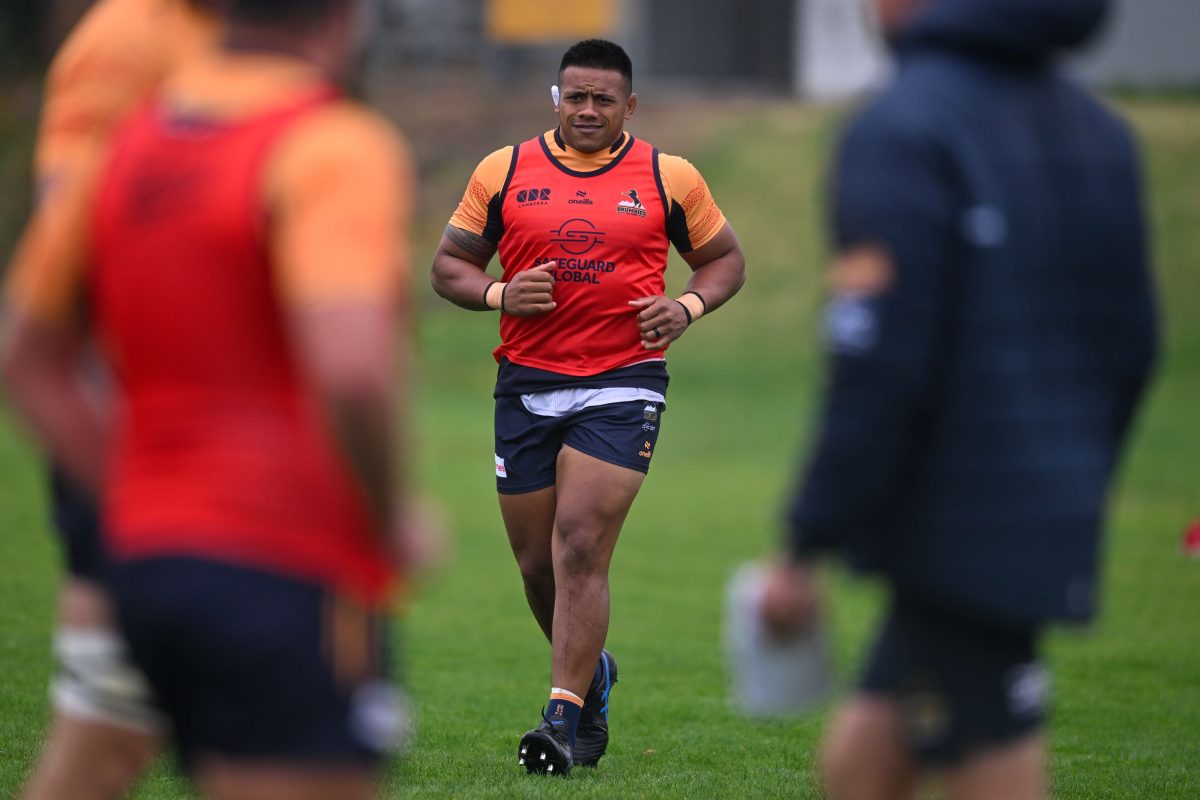
QUEANBEYAN’S platypus population remains “stable” despite a recent decline in numbers.
Records from 2018-19 revealed a plunge in the numbers of platypuses locally, however, a “stable” number of platypus sightings along a 1km stretch of the Queanbeyan River have platypus enthusiasts feeling “optimistic”.
Woo O’Reilly from Waterwatch, an organisation that monitors water quality in the Upper Murrumbidgee region, says population numbers of the much-loved marsupial in Queanbeyan are some of the healthiest in the region.
“We did our first group survey last year and we saw as many as five individuals from the Kings Highway bridge to a few hundred metres past the footbridge, up stream,” says Ms O’Reilly.
“In comparison to some of the other areas, five is a good number and keeping in mind that the Queanbeyan river stretch is in the middle of town, so five is pretty good.”
Drought and urbanisation are some of the reasons for a decline in numbers over past decades, she says. She points to their elusive nature, which also makes it difficult to get a clear picture of how severe the situation can be.
“They are a tricky species to monitor, it’s hard to get a clear picture of numbers, that’s why our sight survey method is good,” Ms O’Reilly says.
Waterwatch is looking for volunteers to help conduct 34 sight surveys at eight different locations, including the Queanbeyan River and the Jerrabomberra Creek.
The group surveys, which coincide with platypus month — held across August, will help researches learn more about the species.
“They are fascinating and the more I learn about them the more I realise how much we don’t know about them,” Ms O’Reilly says.
Anyone keen to spot a platypus should try their luck at the Queanbeyan platypus walk on August 22. Bookings here.
Canberra will conduct 34 one-hour surveys in August, which can also be booked via the Waterwatch website.
Who can be trusted?
In a world of spin and confusion, there’s never been a more important time to support independent journalism in Canberra.
If you trust our work online and want to enforce the power of independent voices, I invite you to make a small contribution.
Every dollar of support is invested back into our journalism to help keep citynews.com.au strong and free.
Thank you,
Ian Meikle, editor





Leave a Reply